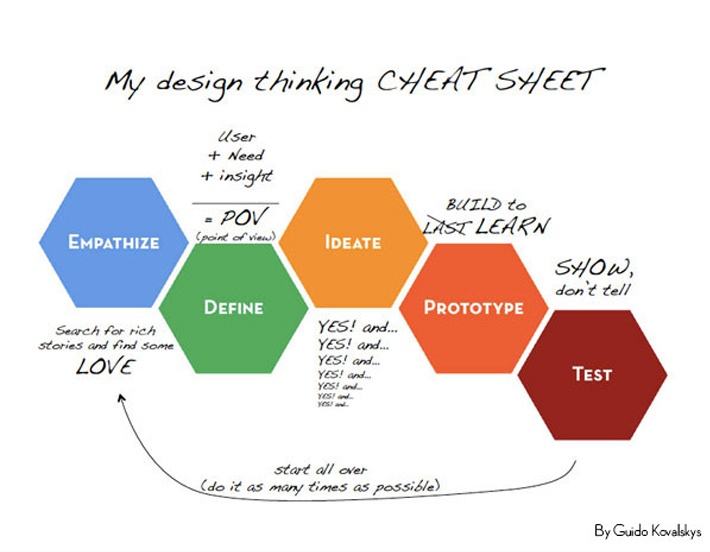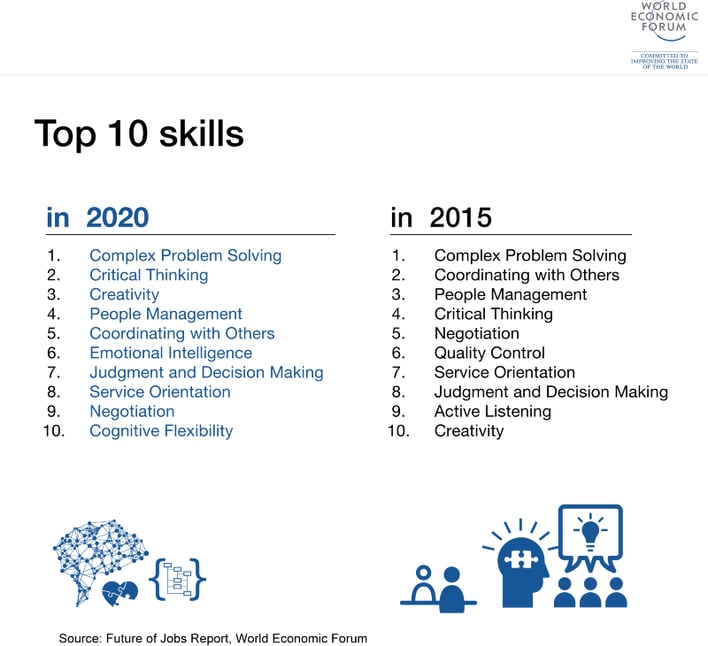
Design thinking, maybe you’d heard of it … I’m genuinely curious to find out what your first reaction was to this rather woolly expression. The word ‘design’ has caused many a controversy in the past – it’s still a challenge to steer any substantive conversation away from interminable discussions on the definition of design – and the word ‘thinking’ doesn’t exactly shed more light. ‘Thinking’ appears to be an aimless individual activity, a type of intellectual leisure activity, rather than a realistically usable methodology. And leisure is precisely the sort of luxury you don’t have in abundance…
It’s perfectly possible that you’ve already decided, partly due to this unfortunate choice of words, that design thinking (DT) is not your cup of tea.
But what if I told you that design thinking is an outstanding method to help you to:
- deal with complexities in an ever-evolving world
- control (co-creative) processes in multidisciplinary environments
- translate user insights to what you offer
- join strategy, products and services in a uniformly recognizable unity
- translate your innovation efforts into relevant client value
- …
What if I told you that large companies such as 3M and PepsiCo have already made their strategic choice to implement design thinking and that trendsetters in Flanders, such as Barco, Niko, Beaulieu, Van Hoecke Automation, or xerox have opted for DT as a source of innovation and therefore invest in training or brainstorm with Flanders Inshape on how DT would best serve their company?
If you don’t recognize any of these challenges or doubt the vision of these companies… You can stop reading, (the added value of) DT is indeed not what you’re looking for.
Design thinking… what is it?
In essence, design thinking is a way to deal with complexity. We’re living in a world in which everything seems to be connected and we’re struggling to understand the consequences of our decisions and actions for the complex context that our company is working in. All too often, this leads to indecisiveness and inactivity, which causes us to undergo reality instead of creating it.
‘Enter design thinking’
Ever since the industrial revolution, designers have had to deal with complexity. Traditionally, designers are ‘specialized generalists’ who learned to accept the uncertainty of not knowing everything and developed methodologies that are always result-oriented, despite the complexity. They’re capable of completing processes characterized by many uncertainties in multidisciplinary environments and reach the desired result.
Flanders Inshape adheres to the definition that Thomas Lockwood established in 2009 on design thinking.
"Design Thinking is essentially a human-centered innovation process that emphasizes observation, collaboration, fast learning, visualization of ideas, rapid concept prototyping, and concurrent business analysis, which ultimately influences innovation and business strategy.
The objective is to involve consumers, designers, and business people in an integrative process, which can be applied to product, service, or even business design.’’
A designer who has to design a coffeemaker doesn’t know all there is to know about synthetic materials nor everything about electricity or about standards or about…. Still he manages to design a marketable product and he has a proven added value (impact) on the end result.
Things are even harder for service designers. Try designing a service for the civil affairs counter in a medium-sized city. That one counter serves at least three hundred individual services, from collecting garbage bags and ordering ID cards to… But designers do this on a daily basis.
And we haven’t even talked about the most complex designs, combinations of products and services that have to be presented to a very diverse audience in innovative business models… The designer will scratch his head, but starts working and in the end reaches a result.
This is precisely the skillset that is often lacking in the boardroom… The image below shows how the skills required from managers will change in the next five years, according to the world economic forum.




